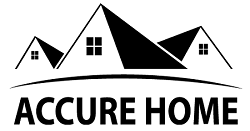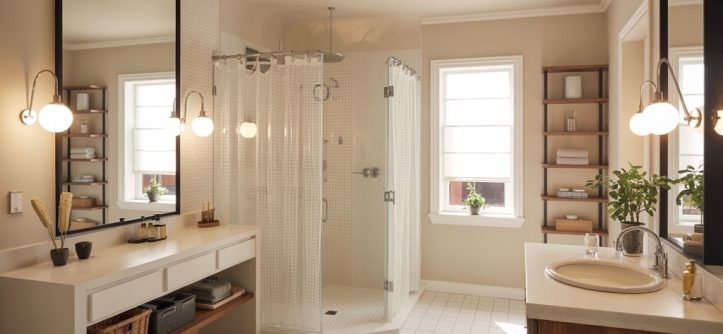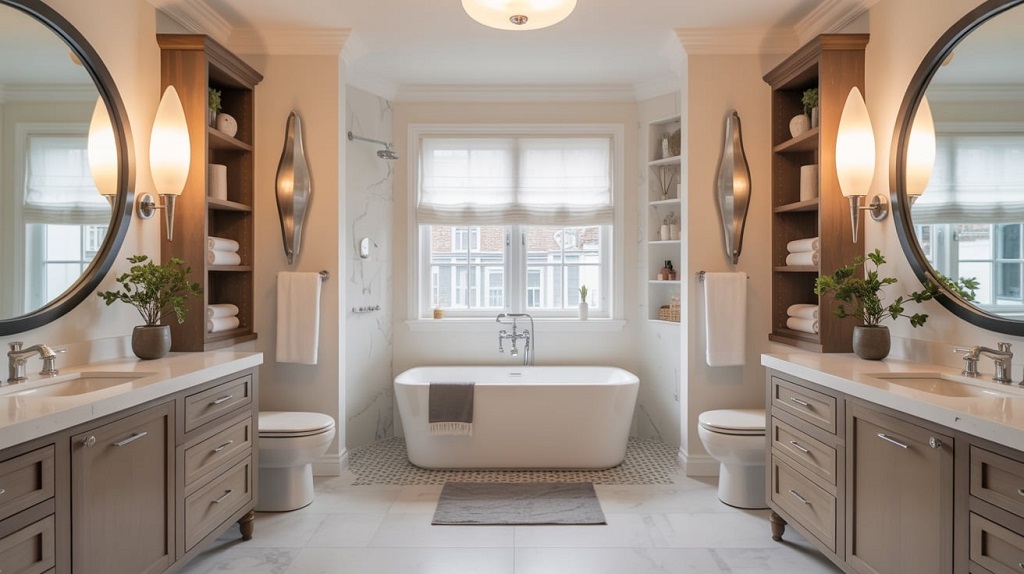Bathroom remodeling transforms one of your home’s most important spaces into a personal sanctuary. A well-planned renovation enhances both functionality and value while creating a space you’ll love for years to come.
Planning Your Bathroom Renovation
Successful bathroom remodeling starts with careful planning. First, assess your current space and identify what works and what doesn’t. Consider your daily routines and how the space can better serve your needs.
Set a realistic budget before you begin. Bathroom renovations typically cost between $10,000 and $25,000 for a mid-range remodel. However, luxury upgrades can push costs higher. Therefore, prioritize your must-have features and allocate funds accordingly.
Create a timeline for your project. Most bathroom remodels take 2-4 weeks to complete. Additionally, factor in potential delays for permit approvals or unexpected plumbing issues.
Essential Design Elements
Modern bathroom design balances style with functionality. Start with a neutral color palette that won’t feel outdated in five years. Light colors make small spaces feel larger, while darker tones create a spa-like atmosphere.
Lighting plays a crucial role in bathroom design. Layer different types of lighting for the best results: • Ambient lighting for overall illumination • Task lighting around mirrors and vanities
• Accent lighting to highlight design features
Storage solutions keep your space organized and clutter-free. Built-in niches, floating vanities, and medicine cabinets maximize space without overwhelming the room.
Choosing the Right Materials
Durability matters in bathroom environments. Select materials that withstand moisture and daily use. Porcelain and ceramic tiles remain popular choices for floors and walls due to their water resistance and easy maintenance.
Natural stone adds luxury but requires more upkeep. Marble countertops look beautiful but need regular sealing. Therefore, consider quartz alternatives that offer similar aesthetics with less maintenance.
For fixtures, invest in quality pieces that combine style with longevity. Chrome and brushed nickel finishes resist water spots and complement most design styles.
Working with Professionals
Hiring experienced contractors ensures your remodel meets building codes and quality standards. Research potential contractors thoroughly. Check licenses, insurance, and recent customer reviews.
Get multiple quotes to compare pricing and project approaches. However, don’t automatically choose the lowest bid. Quality work often costs more upfront but saves money on future repairs.
Establish clear communication with your contractor. Regular check-ins prevent misunderstandings and keep your project on track.
Popular Bathroom Trends
Current bathroom trends focus on creating spa-like experiences at home. Walk-in showers with rainfall heads replace traditional tub-shower combinations in many renovations.
Smart technology integrates seamlessly into modern bathrooms. Digital shower controls, heated floors, and smart mirrors enhance daily routines while adding luxury touches.
Sustainable features appeal to environmentally conscious homeowners. Low-flow fixtures, LED lighting, and eco-friendly materials reduce environmental impact without sacrificing style.
Maximizing Small Spaces
Small bathrooms present unique challenges but offer creative opportunities. Use every inch efficiently by installing corner sinks, wall-mounted toilets, and compact fixtures.
Mirrors create the illusion of more space. Large mirrors or multiple smaller ones reflect light and make rooms feel larger. Additionally, glass shower doors maintain visual flow better than curtains.
Vertical storage utilizes wall space effectively. Tall, narrow cabinets and floating shelves provide storage without taking up floor space.
Return on Investment
Bathroom remodeling offers excellent return on investment. According to recent data, homeowners typically recoup 60-70% of their renovation costs when selling their home.
Focus on improvements that add the most value: • Updated fixtures and finishes • Improved lighting and ventilation • Modern tile work • Efficient storage solutions
Universal design features like grab bars and curbless showers appeal to a broader range of buyers and improve long-term usability.
Common Mistakes to Avoid
Poor ventilation causes moisture problems that damage your investment. Install adequate exhaust fans and ensure proper airflow throughout the space.
Inadequate lighting makes daily tasks difficult and creates an unwelcoming atmosphere. Plan for multiple light sources at the design stage rather than adding them later.
Ignoring storage needs leads to cluttered countertops and frustration. Therefore, plan for both visible and hidden storage options from the beginning.
Conclusion
Expert bathroom remodeling transforms your daily routine while adding significant value to your home. Successful projects combine careful planning, quality materials, and professional installation. Focus on timeless design elements that balance style with functionality. With proper planning and execution, your dream bathroom becomes a reality that serves your family for years to come.
Frequently Asked Questions
How long does a typical bathroom remodel take?
Most bathroom renovations take 2-4 weeks to complete, depending on the project’s complexity and any unexpected issues that arise during construction.
What’s the average cost of a bathroom remodel?
Mid-range bathroom remodels typically cost $10,000-$25,000, while high-end renovations can exceed $50,000 depending on materials, fixtures, and labor costs in your area.
Do I need permits for bathroom remodeling?
Permits are usually required for electrical, plumbing, or structural changes. Check with your local building department to determine specific requirements for your project.
Should I remodel the bathroom myself or hire professionals?
While DIY can save money on simple updates like painting or hardware replacement, complex work involving plumbing, electrical, or structural changes requires professional expertise.
What bathroom features add the most home value?
Updated fixtures, modern tile work, improved lighting, efficient storage, and walk-in showers typically provide the best return on investment for bathroom renovations.






Leave a Reply